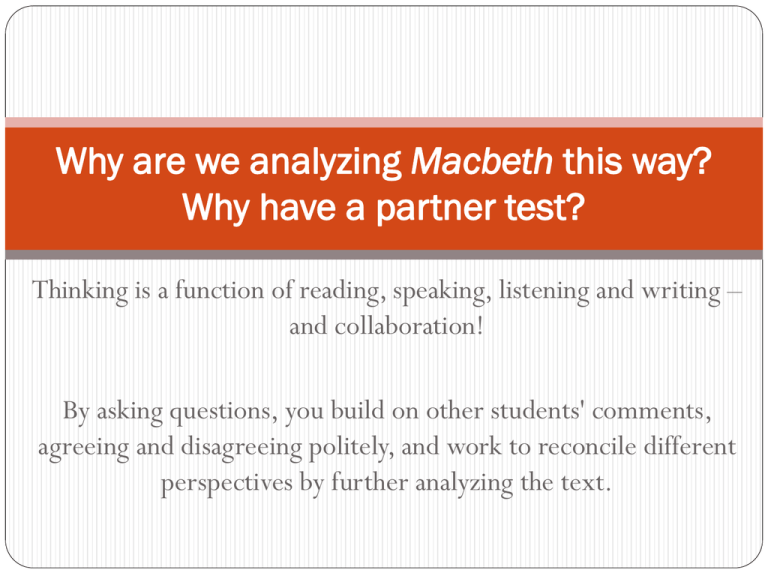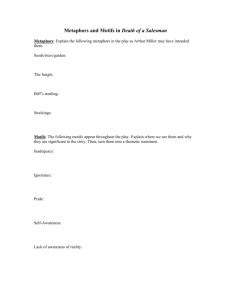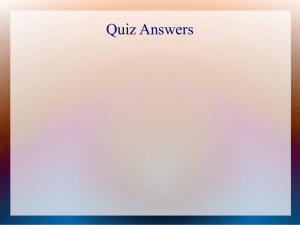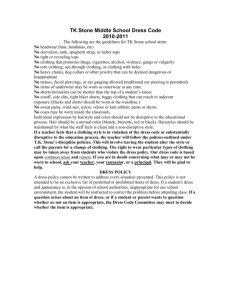Why are we analyzing Macbeth this way? Why have a partner test?
advertisement

Why are we analyzing Macbeth this way? Why have a partner test? Thinking is a function of reading, speaking, listening and writing – and collaboration! By asking questions, you build on other students' comments, agreeing and disagreeing politely, and work to reconcile different perspectives by further analyzing the text. What are we doing today? We have already practiced this process with quotes from the play. Today, we will analyze motifs and images. Weather * Disorder * Dress/Clothing * Prophesies/Apparitions Work with one partner to develop your assigned “test question.” We will fully analyze these prompts as a class, adding to the beginning support that you and your partner find. What is your learning goal? Produce clear, accurate writing that reflects the maturity of your thought, based on a prompt from the text, which you have analyzed. Synthesize your thoughts specifically and precisely, offering support from the text. This challenge is a necessary culmination of the thinking process. “Reading maketh a full man; conference a ready man; and writing an exact man” wrote Francis Bacon more than 400 years ago. Each stage in this literacy cycle involves thinking in a different way, and all the stages are joined in synergy; it’s not enough just to read the play, or to discuss it informally, or to write about it without preparation. Rather, you will think in a consistent and deliberate way, and must practice this type of thinking —probably in the order that Bacon presented. Use your Partner Test handout and/or your “Fair is Foul” analysis as examples Count off and work with a partner to develop two motifs/images 1. Weather 2. Disorder 3. Dress/Clothing 4. Prophesies/Apparitions




